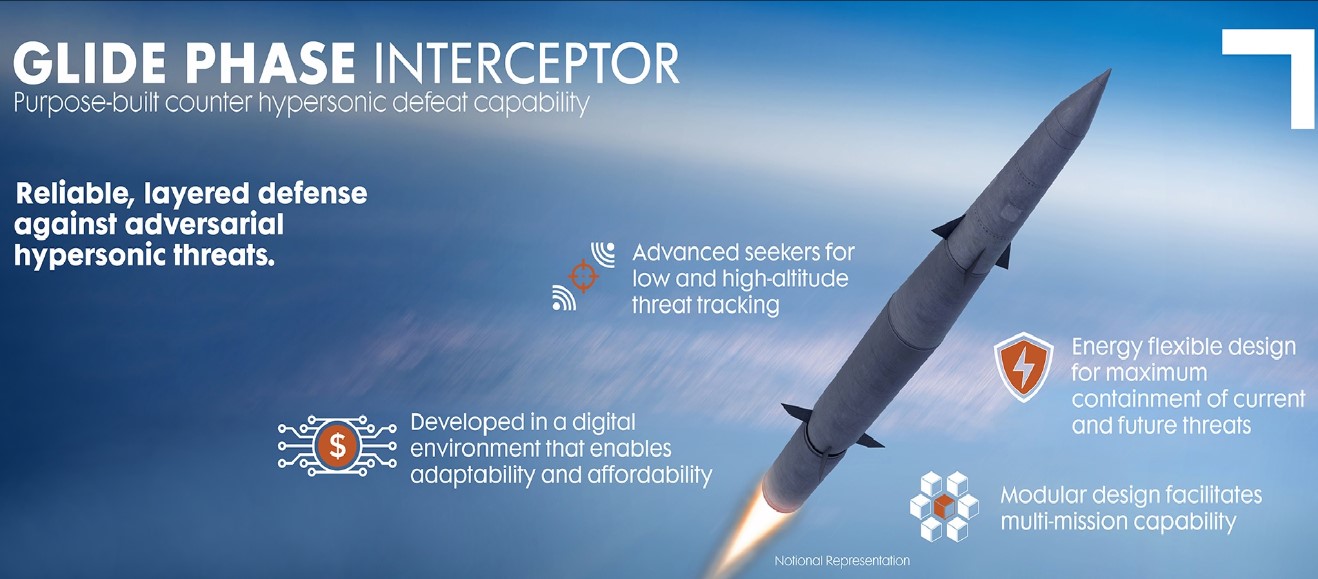Northrop Grumman Propels Hypersonic Defense Forward with Glide Phase Interceptor Development

In an era where global security concerns are increasingly focused on advanced missile threats, Northrop Grumman, a prominent American defense contractor, is stepping up to the challenge. The U.S. Missile Defense Agency (MDA) has chosen the company to advance the development of a groundbreaking system known as the Glide Phase Interceptor (GPI). This innovative interceptor aims to provide a robust defense against hypersonic missiles, which are emerging as significant threats in modern warfare due to their speed and maneuverability.
After completing a comprehensive three-year development phase in close collaboration with the MDA, Northrop Grumman has produced an innovative design that is positioned to tackle both current and anticipated hypersonic threats. The upcoming stage of development will focus on refining the GPI’s design and conducting crucial flight tests. These experiments are essential for evaluating the system's performance in the extreme conditions associated with hypersonic flight, where speeds can exceed Mach 5.
One of the standout features of the GPI is its launch capability. Designed to integrate seamlessly with the U.S. Navy’s Aegis Ballistic Missile Defense system, it will be launched from Aegis-equipped destroyers and Aegis Ashore installations using a standard Vertical Launch System. This versatility not only enhances the U.S. Navy’s missile defense operations but also broadens the strategic options available to warfighters on the ground and at sea.
Wendy Williams, vice president and general manager of Northrop Grumman’s launch and missile defense systems, underscored the significance of the GPI in modern military operations. “GPI adds mission-critical standoff to warfighters in scenarios where distance creates an advantage,” she explained. This feature allows for tailored responses to a variety of mission requirements, making the GPI a crucial asset in a rapidly evolving threat landscape.
The GPI is not just another missile defense system; it incorporates advanced technologies designed to ensure effectiveness in challenging environments. It features a state-of-the-art seeker for precise tracking and hit-to-kill accuracy, which enhances its ability to intercept fast-moving targets. Additionally, the interceptor is equipped with a re-ignitable upper stage engine, allowing it to adapt during the engagement and ensure the containment of threats at varying altitudes. This dual engagement mode represents a significant advancement in intercept capabilities, allowing the GPI to engage targets effectively regardless of their flight path.
In a strategic move to enhance its capabilities further, Northrop Grumman is collaborating with the Japan Ministry of Defence as part of the GPI Cooperative Development program. This partnership aims to support the MDA’s efforts in bolstering interceptor technologies, further integrating the GPI into broader defense frameworks that address global security challenges.
As Northrop Grumman continues to harness digital engineering methods, the company aims to accelerate the GPI's development process. This innovative approach not only streamlines progress but also enhances the potential for future advancements in missile defense technologies. With the stakes higher than ever, the Glide Phase Interceptor is set to play a vital role in protecting nations against the complexities of modern aerial threats.


